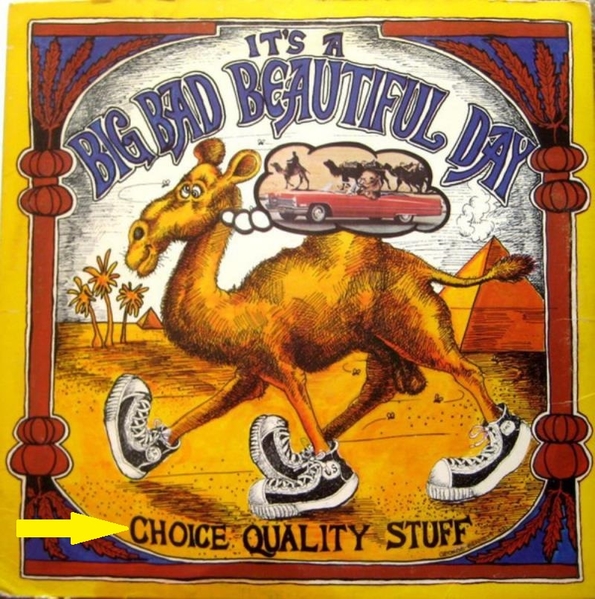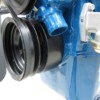Thanks Jack! I plan on limiting my RPM to 6,000-6,500, and will put a decent spring on the valves, but don't expect to exceed lift by .550". I will run a flat hydraulic lifter (not sure which one) with a good rocker arm and push rods. I doubt I need to go to the expense of an SFI balancer. The balancer below would seem to meet my needs, with medium duty design.
https://www.summitracing.com/p...amily/ford-cleveland
One more question, my motor was balanced during a rebuild by the previous owner with the OEM balancer. If I changed out the balancer do I need to have it rebalanced?
They aren't supposed to touch the balancer or fywheel. The balancing is done internally on the reciprocating assembly. You generally will see weight taken off of the throws (counter balances on the crankshaft)
6,000 to 6,500 rpm is not a medium service engine. 5,000 to 5,500 is. That is what the stock balancer is good up to. 6,000 to 6,500 is a Boss balancer territory.
A 351cj is a 5,500 rpm engine. That's it.
Interestingly enough, the 289hp engine requires weight added to the reciprocating assembly and they did that with an add on hatchet looking counterweight. This enables you to change components without rebalancing th entire assembly.
I was fortunate enough to find a NOS D2ZX ('72 HO and 71 Boss service balancer). It may be my imagination but it seems to have even smoothed out the idle a little. Like it took some of the cam duration out of it.
The thing is huge. I think it weighs seven pounds.
It does make sense to use a forged steel aftermarket flywheel with it.
The combination then limits the rpm's to you and how fast you want to go.
Ford built those heavy "Boss" balancers for a reason and it wasn't because they were being cheap. I'm skeptical therefore of any aftermarket balancer that is smaller or lighter.




